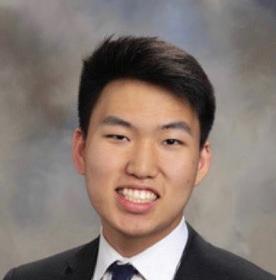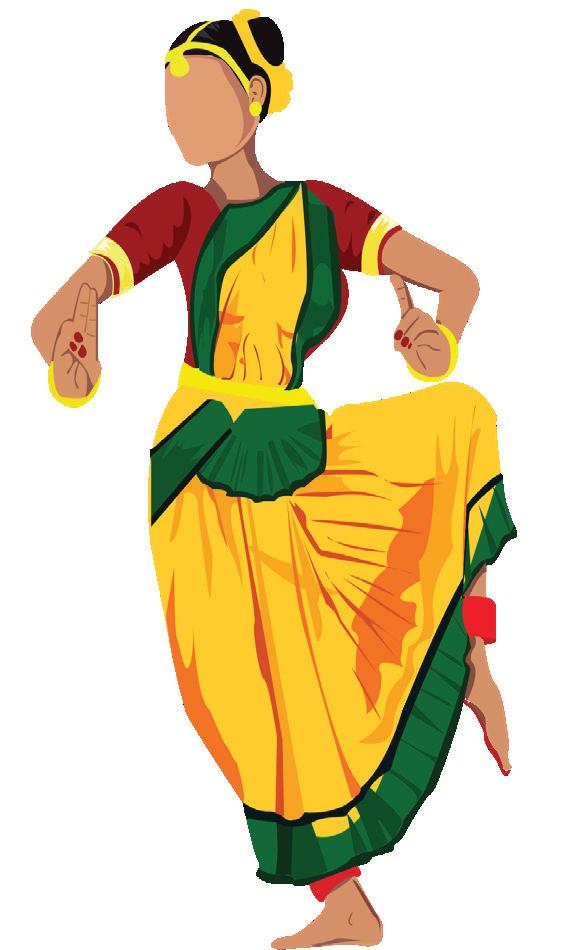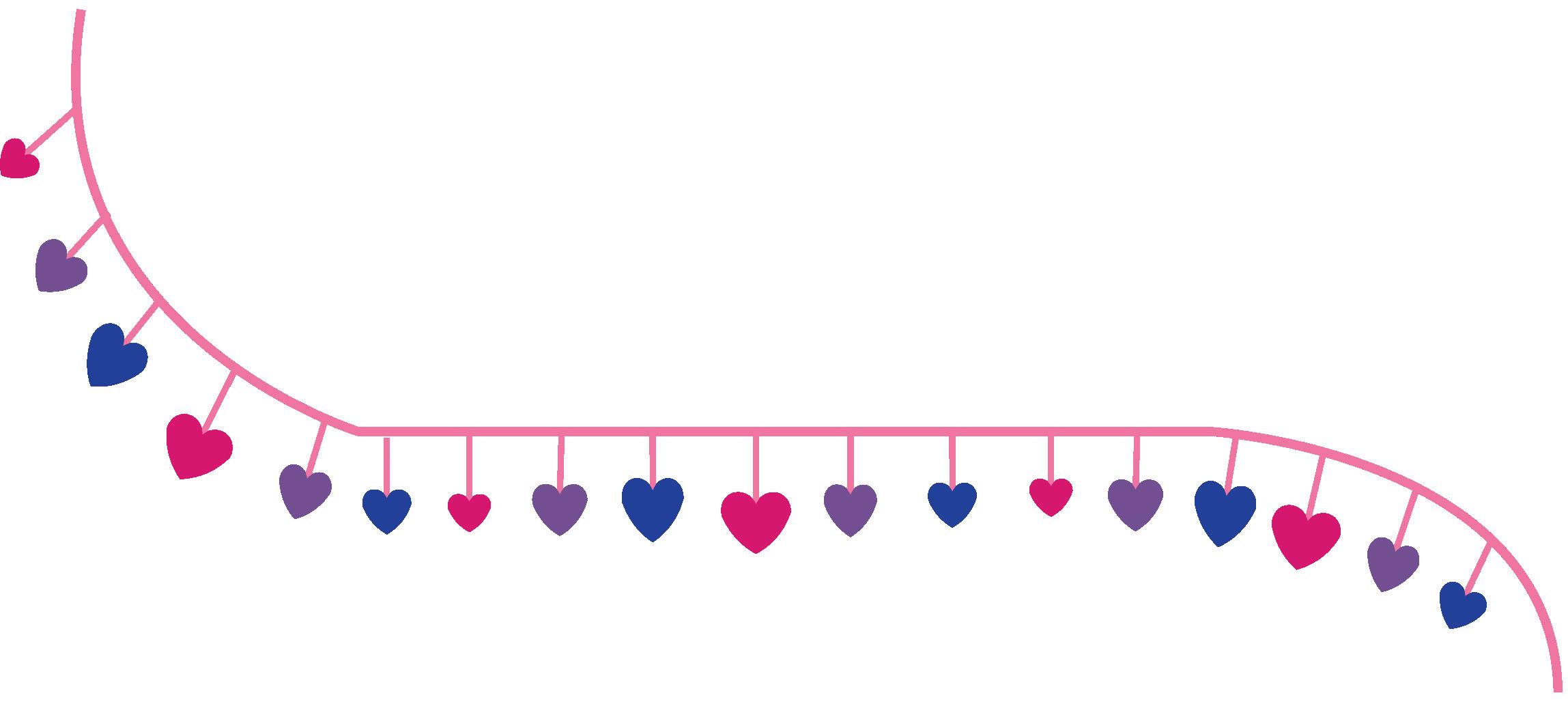
4 minute read
Statesman Editorial
DIVERSIty IN Statesman comments on importance of inclusivity at D iversity. Equity. Inclusivity. As social progress accelerates, these values are becoming the cornerstone of modern society — and nowhere is this more evident than in schools.
A diverse educational environment is of utmost importance, and it’s clear that Stevenson is making an efort to actively nurture such an environment. Tese eforts are great frst steps towards a more inclusive academic world; yet, stereotypes and social stigmas which exist in Stevenson risk marginalizing minority groups—especially those already underrepresented at Stevenson.
Advertisement
It’s also important to note that Statesman itself lacks such diverse voices, as our staf is predominantly white and Asian. Such a demographic within our own staf may limit our view of Stevenson’s diversity, but this is not to say that we don’t see the value of such diversity in academic settings.
Cultural, ethnic, gender and other forms of diversity are extremely benefcial, allowing students to work with perspectives they may not even know. Tis can prevent students from falling into a trend of “confrmation bias”, consuming only information of preexisting beliefs.
As such, many activities that Stevenson ofers are specifcally aimed towards promoting inclusivity and diversity: Girls in STEAM promotes female empowerment within STEAM felds. Gay-Straight Alliance aims to create a safe space for students of all sexual orientations. FIRE’s mission is to increase meaningful discussion about race. In addition to extracurriculars, Stevenson also ofers many classes aimed to improve students’ understanding of diferent cultures, from Chinese to World Masterpieces.
However, these academic and extracurricular eforts that push towards more inclusivity don’t diminish the fact that there is a larger problem at hand: Stevenson’s social sphere tends to exclude certain minority communities such as its black and Hispanic populations.
According to Illinois Report Card, Stevenson’s student body is 54.7% White, 32.1% Asian, 8.1% Hispanic and 2% Black. Stevenson’s Hispanic and black populations are signifcantly smaller than their White and Asian counterparts.
In a perfect world, all cultures would be honored regardless of their prevalence, or lack thereof, in classrooms and hallways. But
Advancing the Academy Staffer discusses diversity of the Oscar nominations, questions representation in Hollywood
Four years afer the #OscarsSoWhite movement brought attention to the lack of racial diversity at the Academy Awards, the Academy announced their nominations for the 2020 Oscars to swif backlash against an all-male nominee directing category. However, it’s Hollywood that is the one with a represen- tation
problem, not t h e Academy. This leaves the Academy little room for highlighting diversity, yet they’re ofen too busy fumbling over themselves and rewarding mediocrity regardless of race or gender to begin with.
Before we get to the Oscars specifically, it’s
important to look at female representation in Hollywood as a whole. According to the 2019 Celluloid Ceiling Report, women made up a mere 14 percent of directors working on the top 500 domestic grossing flms in 2019. While it’s unreasonable for statistics like these to directly mirror the makeup of our population, the reality is that 14 percent is drastically low given that over half of the United States is female. This number also needs to be taken within the context of the fairly recent Harvey Weinstein #MeToo revelations that show Hollywood is no stranger to being systematically sexist.
With few opportunities behind the camera, female directors have a statistically smaller chance at achieving breakout success both critically and commercially, which in turn makes it harder for the Academy to consistently recognize a female director as one of the fve best of the year. The Academy’s job isn’t to fulfll a diversity quota, but rather to look at the hand Hollywood has dealt them and pick what they think are the year’s best movies, which can result in diferent demographics for nominees each year.
However, the Academy ofen makes bafing choices for nominees of any color or gender. When somebody like Lulu Wang isn’t nominated, how are we supposed to know whether the Oscars are being exclusionary or just simply picking the wrong movies? This year was full of snubs ranging fom Willem Dafoe to Lupita Nyong’o, and this only continues the trend of the Oscars recognizing movies that we’ll forget about weeks afer the ceremony as opposed to more unconvention
al, qualifed picks. When it comes to this year’s director category, I and many others would have put numerous flmmakers both male and female over the likes of Todd Phillips, making it hard to distinguish between when the Academy is racist, sexist or simply inept. Prog- ress in representation is an ad- mirable goal, as is recog- nizing quality work. When it comes to Hollywood and the Oscars, both need to get better at their respective job so that we can get the best movies possible and recognize them as such, with a person’s race or gender hopefully one day becoming irrelevant as to who gets to sit behind a camera and yell “action!” or claim a statu- ette.

WRITTEN BY: BEN BOWLER DESIGNED BY: SAILAJA NALLACHERUVU










